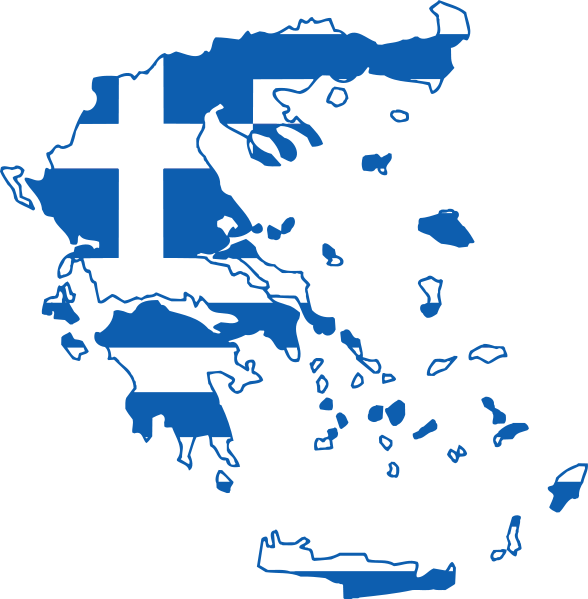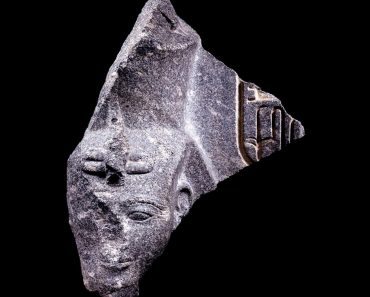A free public lecture, ‘In Their Own Image: A History of the Hellenic Presence in Australia, 1810s to Present‘ by Macquarie University’s Leonard Janiszewski and Effy Alexakis will be presented this month in Melbourne.
It will take place on Wednesday, 24 April, at Wheelers Hill library at 2pm.

The lecture will chronicle the depth and diversity of Australia’s Greek presence over the last 200 years.
We may never know who the first Greek to set foot on Australian soil was – as in Homer’s Odyssey, memory and myth have become one. However, in the early 1800s, Antipodean shores beckoned, gently at first – tentative ripples carrying the convicted, the adventurous and those desirous of new beginnings.
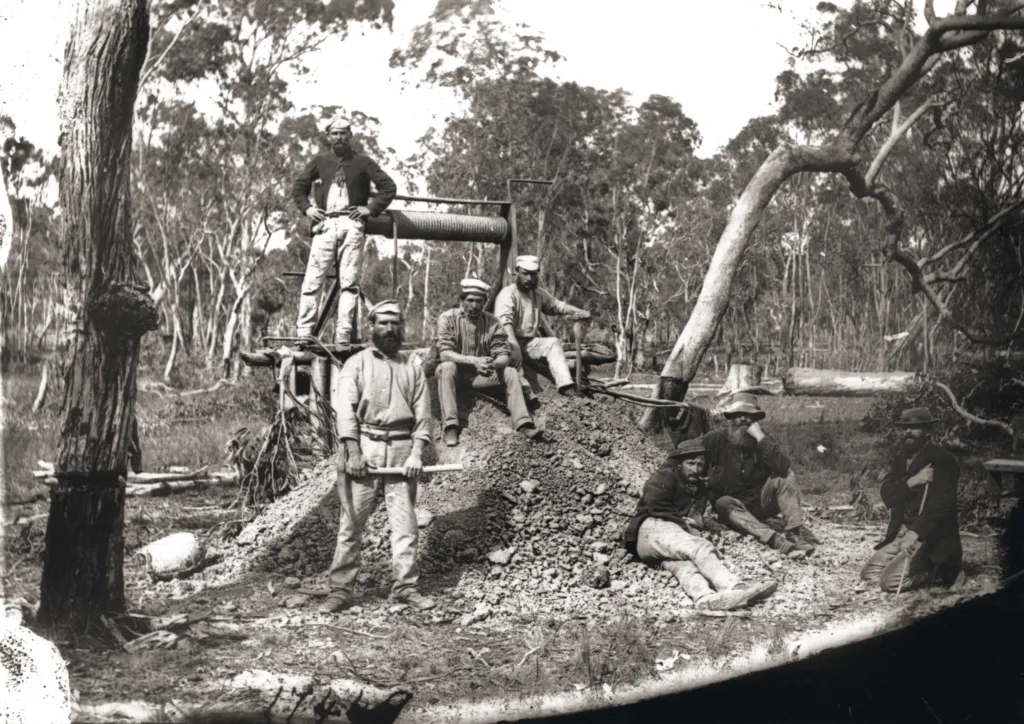
By the 1850s the gentle ripples of Australia’s early Greek presence surrendered to the first real wave of Greek migration – gold swiftly sweeping away the ‘tyranny of distance’ and the uncertainty of economic opportunities upon arrival. The first collective Greek settlements arose and ‘chain migration’ stimulated. In the 1890s, formal Greek communities were established in Melbourne and Sydney. By 1939, some 15,000 people of Greek heritage resided in the country. Following World War II, a larger, rapid and fiercer human inundation occurred: mass migration.

Childers, Qld, c. 1917. Photo: B. Comino, from the ‘In Their Own Image: Greek-Australians’ National Project Archives, Sydney.
Between 1953 and 1956, almost 30,000 Greeks arrived in Australia – well over half were assisted migrants who were initially placed in ‘migrant camps’. ‘Bride ships’ brought over large numbers of single Greek women. Between 1947 and the early 1980s, some 250,000 Greeks arrived in Australia. This included those Greek-Cypriots fleeing the 1974 invasion by Turkey. More recently, since the onset of the Greek economic crisis in 2008, Australia has again become a major destination for Greek migration, particularly to Melbourne.
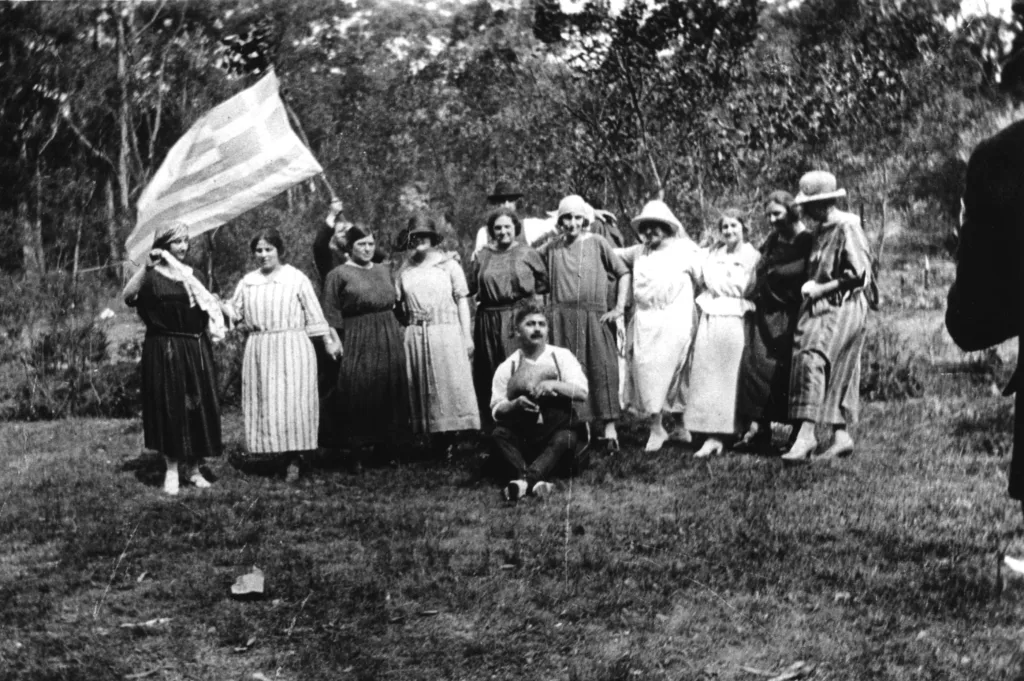
Australia’s contemporary Greek community, including those of Greek descent, ranges in estimates from 500,000 to 700,000. As Janiszewski’s and Alexakis’ presentation will confidently highlight, it is a community that is as diverse within itself, as the multicultural Australian society in which it exists.
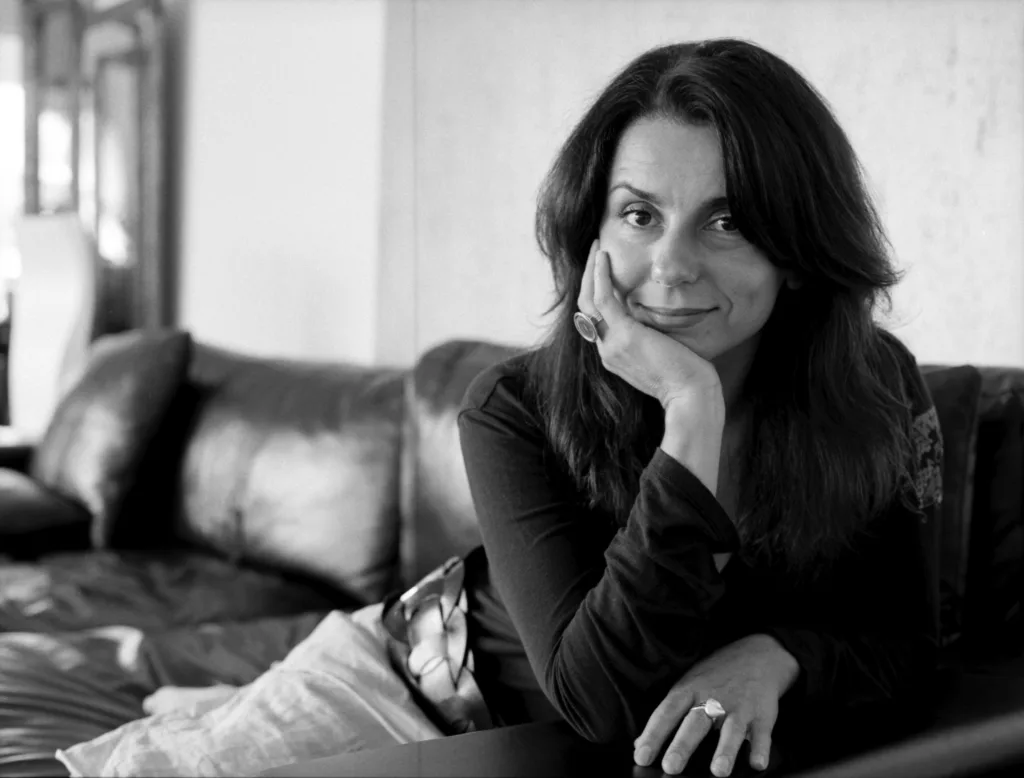
Event Details:
- WHAT: ‘In Their Own Image: A History of the Hellenic Presence in Australia, 1810s to Present’ lecture
- WHEN: Wednesday, 24 April 2024
- WHERE: Wheelers Hill Library, 860 Ferntree Gully Road, Wheelers Hill, Victoria, 3150
- TIME: 2:00PM – 3:30PM
- BOOKINGS: call (03) 9265 4877; OR on line askmonlib@monash.vic.gov.au

